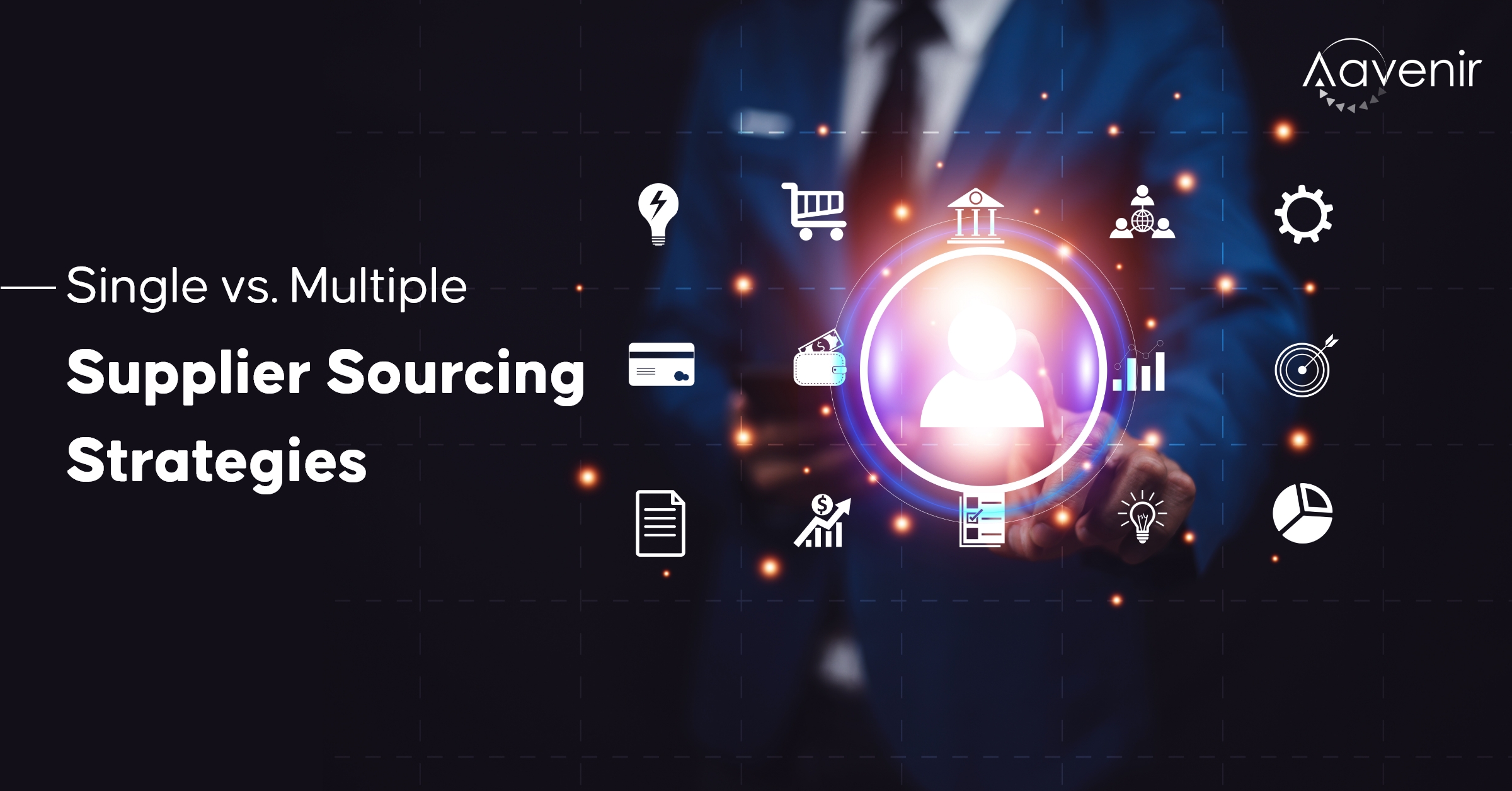The Pros and Cons of Single vs. Multiple Supplier Sourcing Strategies

In the world of supply chain management, one critical decision that businesses must make is whether to use a single or multiple supplier selection strategy. In a survey of procurement professionals conducted by Deloitte, 70% of respondents said that they use multiple suppliers to manage supply chain risk. However, 61% of respondents said that they also use single sourcing to improve supplier relationships and reduce costs. On the other hand, a study by the Aberdeen Group found that companies that use multiple suppliers have a better chance of achieving on-time delivery, with a 92% success rate compared to a 76% success rate for those that use a single supplier.
While both supplier sourcing options have their benefits and drawbacks, it's essential to weigh them carefully to determine which approach is best for your organization's needs. This blog will help you analyze which strategic sourcing option will be the best for you
Single Supplier Sourcing Strategy:
A single supplier strategy involves working with one supplier to meet all of your organization's needs for a particular product or service. The benefits of this approach include:
- Simplified Supplier Management: Managing one supplier is less complicated than managing multiple suppliers, which can save time and resources. It eases RFP management without any scope for errors.
- Stronger Relationships: Working with a single supplier can create stronger relationships and better communication, which can lead to better prices, better quality, and better overall service.
- Increased Leverage: By providing a single supplier with all of your business, you may have increased leverage in negotiations, which can result in better pricing and more favorable terms.
Streamline the supplier sourcing process with this intuitive supplier discovery and supplier scoring checklist from Aavenir >> Download Supplier Selection Checklist
However, there are also potential drawbacks to a single supplier strategy, including:
- Dependence: Depending on one supplier for all your needs can make your organization vulnerable to supply disruptions or quality issues.
- Limited Choice: A single supplier strategy may limit your organization's ability to choose the best supplier based on price, quality, and other factors.
- Risk of Price Increases: When working with a single supplier, you may be more susceptible to price increases due to a lack of competition.
Multiple Supplier Sourcing Strategy:
A multiple supplier strategy involves working with two or more suppliers to meet your organization's needs for a particular product or service. The benefits of this approach include:
- Reduced Risk: By spreading your business across multiple suppliers, you can reduce your organization's risk of supply disruptions and quality issues.
- Increased Flexibility: Having multiple suppliers gives you the flexibility to choose the best supplier based on price, quality, and other factors.
- Competitive Pricing: Working with multiple suppliers creates competition, which can result in better pricing and more favorable terms.
However, there are also potential drawbacks to a multiple supplier strategy, including:
- Increased Complexity: Managing multiple suppliers can be more complex and time-consuming than managing one supplier.
- Weaker Relationships: Working with multiple suppliers may result in weaker relationships and less effective communication.
- Reduced Leverage: By spreading your business across multiple suppliers, you may have reduced leverage in negotiations, which can result in higher prices and less favorable terms.
Choosing the right supplier sourcing strategy for your organization requires careful consideration of your business needs and priorities. It's important to weigh the benefits and drawbacks of each approach and to evaluate potential suppliers based on their capabilities, performance, and fit with your organization's values and goals. Ultimately, the right supplier sourcing strategy can help your organization to achieve its objectives and maintain a strong and resilient supply chain.

